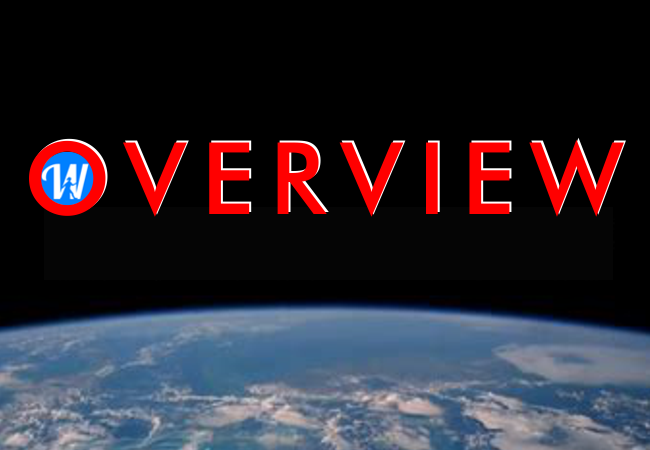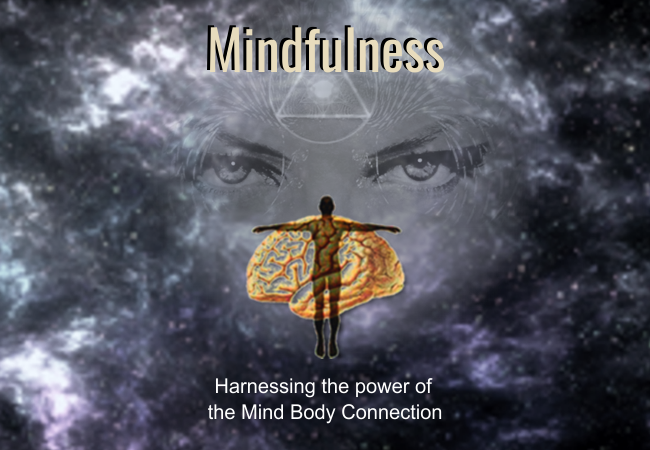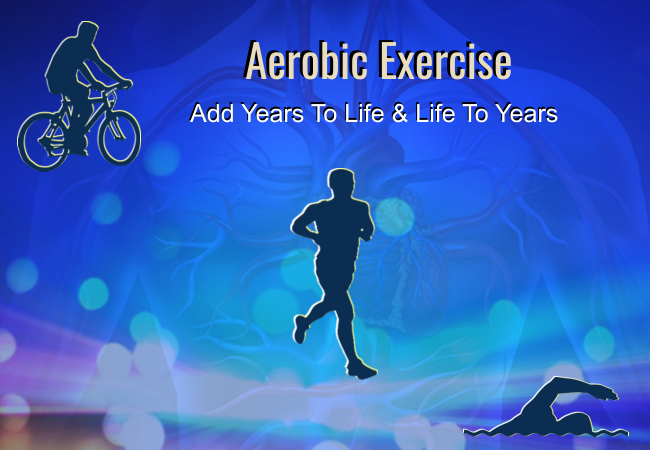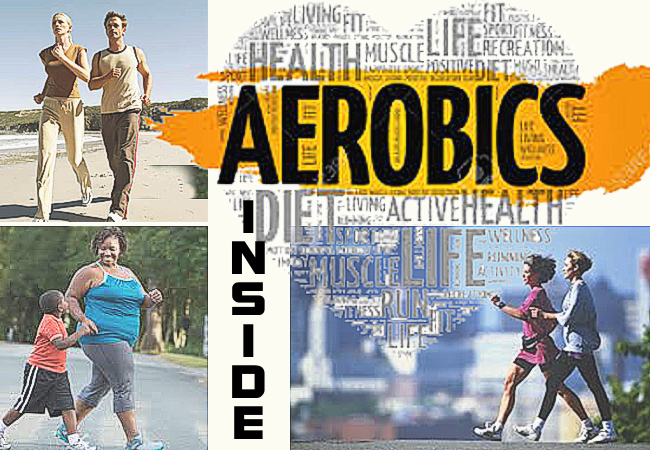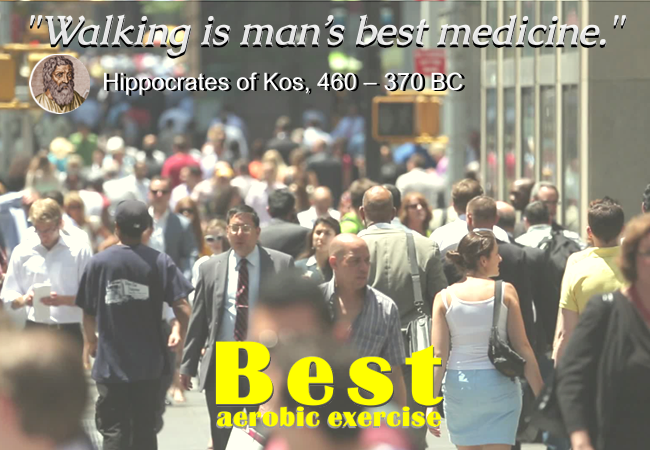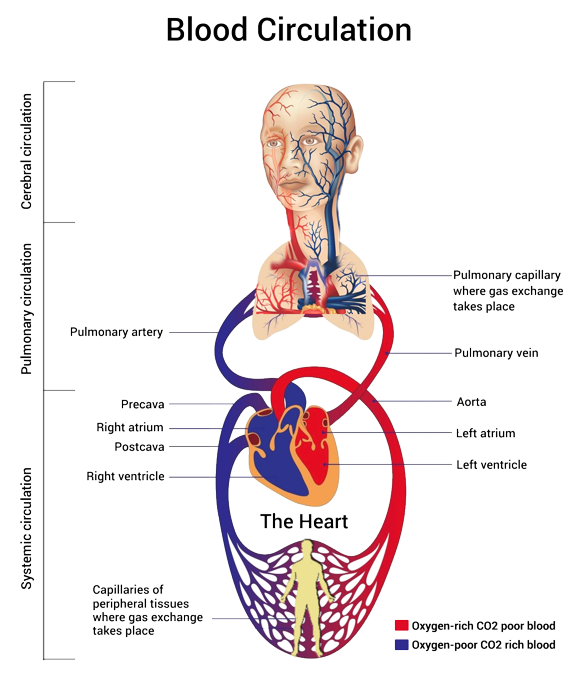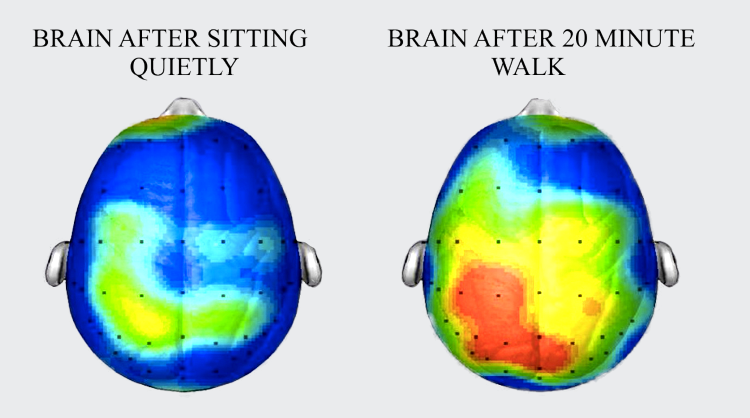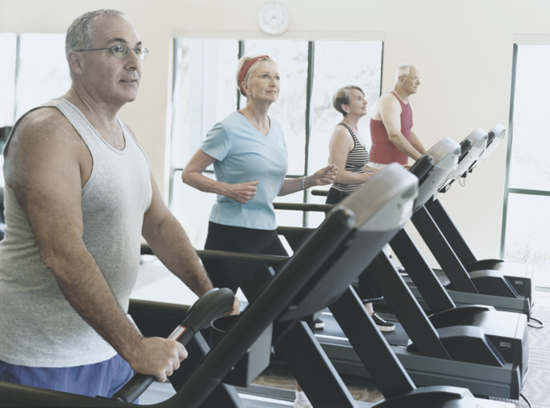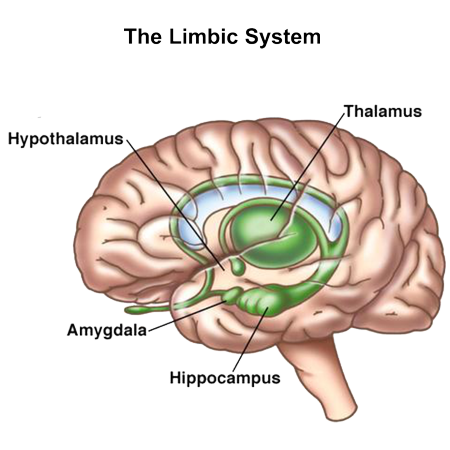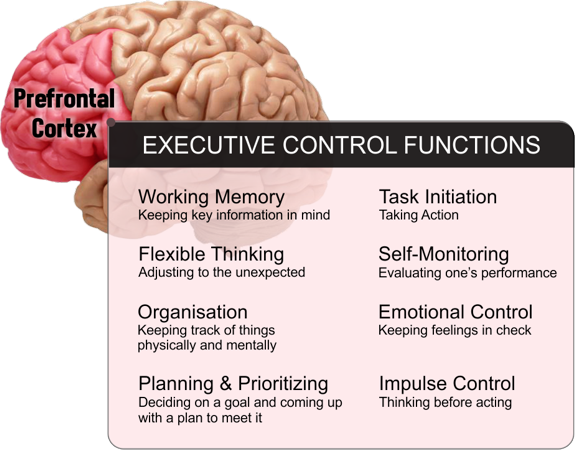“Aerobic fitness spares age-related loss of brain tissue during aging, and enhances functional aspects of higher order regions involved in the control of cognition.
More active or higher fit individuals are capable of allocating greater attentional resources toward the environment and are able to process information more quickly.
The data is suggestive that aerobic fitness enhances cognitive strategies enabling them to respond effectively to an imposed challenge with a better yield in task performance.”
Read the full study HERE.
 Professor Fernando Gomez-Pinilla
Professor Fernando Gomez-Pinilla,
PhD.
Department of Integrative Biology and Physiology,
UCLA and Department of Neurosurgery,
UCLA Brain Injury Research Center,
Los Angeles, California.
 Professor Charles H. Hillman
Professor Charles H. Hillman,
PhD.
Departments of Kinesiology & Community Health,
Psychology, and Internal Medicine,
the Beckman Institute for Advanced Science and Technology,
University of Illinois at Urbana-Champaign,
Urbana, Illinois.
20 minutes of moderate aerobic exercise facilitates information processing and memory functions,
"One of the things that happens with exercise is an increase in the micro blood vessels in the brain.
These blood vessels are associated with the
birth of new cells.
So, there is a physiological link between exercise,
neurogenesis and
neuroplasticity."
 Professor Fred H. Gage
Professor Fred H. Gage,
PhD.
Neurobiologist
Chair for Research on
Age-Related Neurodegenerative Disease,
Adler Professor at
the Laboratory of Genetics,
Salk Institute.
